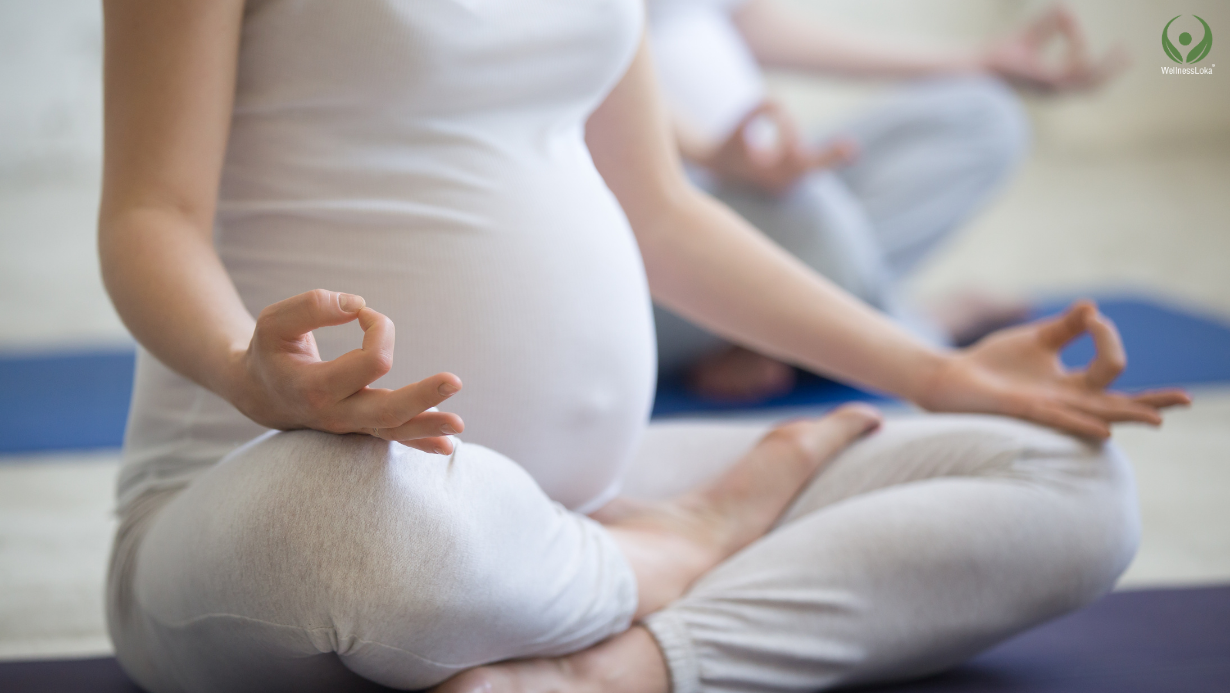
“Stress, Anxiety, Worry”
These words are very common to people now a days. When your job demands an overtime hectic works or scheduled high pressured targets or deadlines: all these causes unwanted stress in a man’s life. When we are busy making money, we forgets or want fully rejects the impacts that these pressure makes on our mental and physical health.
It is high time that we pause and look inwards to see ourselves and our inner sense for a betterment so that all our hard works for a better future are not in vein.
Yogic Management of Stress
Stress is not something which we can totally wipe out, but through proper techniques, we can progressively manage and peacefully live with it. So let’s see how we can manage stress through various techniques. Yoga and meditation is one of the best technique for managing stress. Bringing yoga and meditation to our daily life eases our mind and soul and make us free from all our trauma and anxiety. Everyday practice of yoga therapy helps to release endorphins – happy hormones from the body thereby which gives a symptomatic relief. Let’s see how we can manage stress through yogic management.
Below are some of the benefits of yogic Management:
- Relaxation to mind and body
- Relaxation to muscles and joints
- Increase blood circulation
- Improves metabolism
- Improves sleep
- Promotes self-esteem and self confidence
Stress-Relief Techniques Involved in Yoga
Yoga has its own ways and techniques for managing physical well-being. It include
- Relaxation techniques
- Asanas (postures).
- Pranayama
Yoga Nidra
Yoga nidra defines as yogic sleep. It is a state of consciousness from waking and sleeping which is induced by a guided meditation. It is powerful meditation technique which can be well maintained and practiced under a expert guidance. It is practiced to get higher level of consciousness. It can be done from children to seniour citizen.Yoga nidra offers a space to explore what you need in the moment, as well as an opportunity to work on releasing long-held emotions.
Yoga Nidra place a very important role for stress management. They can reduce the impact of exaggerated stress responses and thereby reduce anxiety and stress.It includes 8 steps. Should do under expert guidance.
Benefits of yoga nidra
- Improves self esteem and self confidence
- Relaxation to mind and body
- Lifestyle modification
- Improves sleep
1. Relaxation techniques
Relaxation techniques are procedure or techniques which helps one to relax mentally and physically.
Benefits of relaxation techniques
- Lowers blood pressure
- Promotes good sleep
- Reduces stress, anger and frustration
- Facilitates a soothing effect
Relaxation techniques include:
- Deep relaxation techniques
- Quick relaxation technique
- Instant relaxation technique
Deep relaxation techniques
It’s a 45 mins to 1 hr practice by relaxating the entire muscles and joints. It is practiced by lying down at savasana. Should do under exepert guidance
Quick relaxation technique
It’s a 15 mins to 30 mins relaxation technique.
Relaxation of the whole body in 15 mins .
Should do under expert guidance
Instant relaxation technique.
It’s a 5 mins practice . Relaxation done in 5 mins which is said to be instant relaxation technique .
Should do under expert guidance
2. Asanas/ postures.
Asana is defined as steady and comfortable postures.
Benefits of asanas in stress management
- Promotes good sleep
- Improves blood circulation
- Reduces stress and anxiety
- Helps in lowering blood pressure
Asnas include :
Savasana otherwise called as corpse pose which is a relaxative asana helps in relaxation at the end of sessions.
Benefits of savasana for stress management
-
- Calms central nervous system, aiding the digestive and immune systems.
- Calms the mind and reduces stress.
- Reduces headache, fatigue and anxiety.
- Helps lower blood pressure.
Sukhasana or simple yogic pose helps in relaxation and meditative pose.
Benefits of sukhasana for stress management
- Being a meditative pose sukhasana helps in relaxation of body and mind
- Builds physical and mental balance
- Helps in reducing stress and anxiety
- Improves blood circulation
Balasana otherwise called as child relaxative pose.
Benefits of Balasana for stress management
- Calms the brain and helps relieve stress and fatigue.
- Relieves back and neck pain
- Promotes soothing effect to the body.
Makrasana is otherwise called as crocodile pose which is the relaxative pose at the end of each session.
Benefits of makarasna for stress management
- Reduces anger and tension
- Calms the body and mind
- Rejuvenate the whole body and mind
- Improves sleep
- Pranayama
Pranayama is defined as prana means breath ayama means to control . Controlling of breath is pranayama.
- Nadishuddhi paranayam
- Seetkari
- Brahmari
- Hand in and out streching exercise
- Hand up and down streching exercise
Reference
www.mentalhealth.org
www.firstcryparenting.com
APMB book



